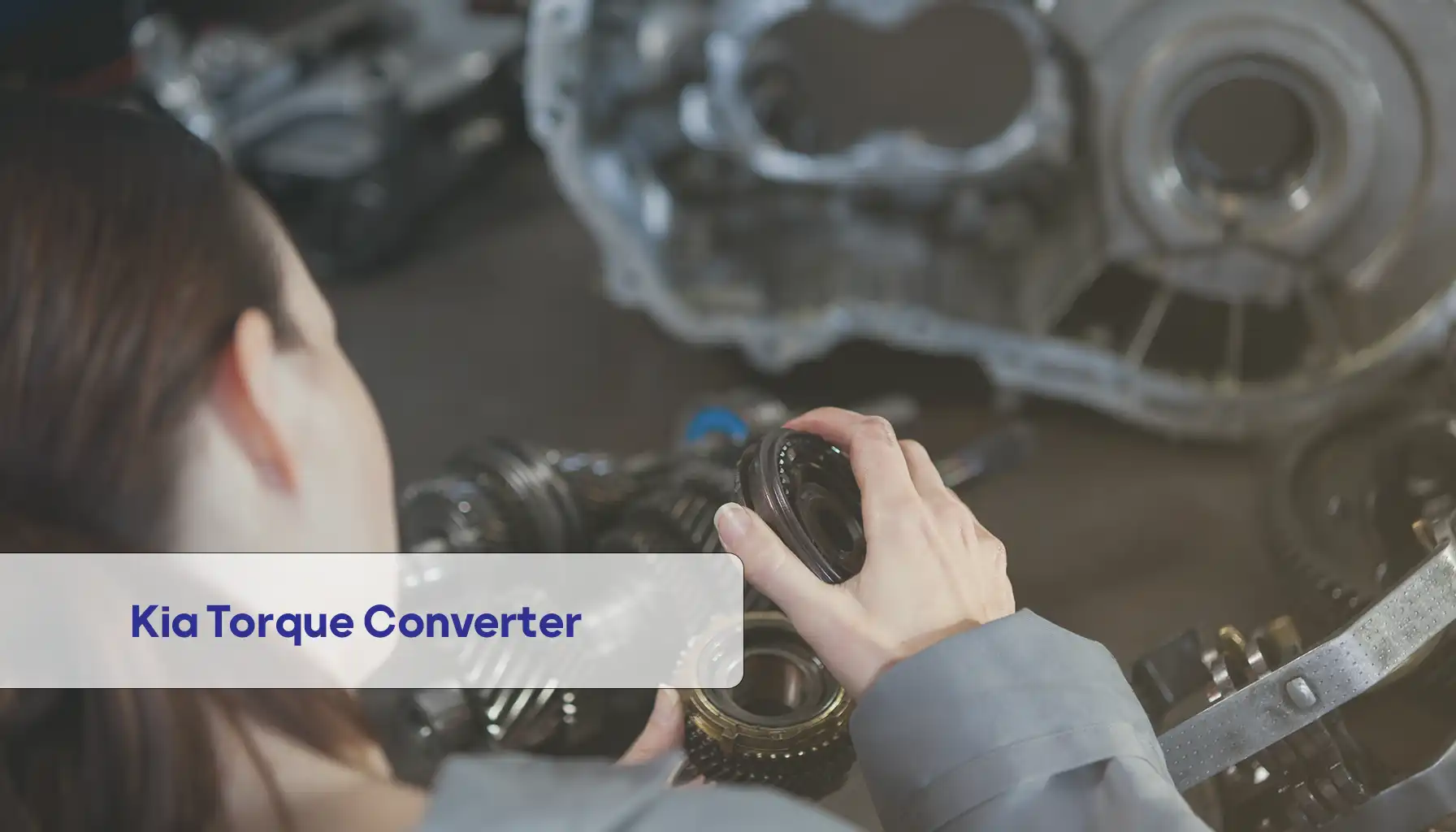Our team answers this question repeatedly, and You’d better believe it! The head gasket creates a seal between the engine block and cylinder head, separating the oil and coolant channels. When it starts leaking oil, the seal has broken, and things are about to get messy quickly.

Understanding the Problem if Head gasket leaking oil
Imagine oil seeping into the cooling system or vice versa – it’s like a dysfunctional family reunion, with coolant and oil mixing when they shouldn’t be. This cross-contamination can cause severe engine damage if left unchecked. Overheating, loss of lubrication, and even complete engine failure are all potential consequences of ignoring that pesky oil leak.
How do you stop a head gasket from leaking oil?
Unfortunately, there’s no easy fix for a leaking head gasket. It’s not like you can slap some duct tape on it and call it a day (though we have tried that in desperate times, we won’t lie). The only real solution is to replace the head gasket entirely, which can be labor-intensive and costly, depending on your vehicle.
Some folks suggest using a gasket sealer or stop-leak additives, but those are merely temporary band-aids that may or may not work. They might buy you some time but won’t solve the underlying issue. Trust us, you don’t want to risk driving around with a ticking time bomb under your hood.
Gasket Sealer vs. Head Gasket Replacement
| Feature | Gasket Sealer | Head Gasket Replacement |
| Effectiveness | A temporary fix may not completely stop the leak | A permanent solution addresses the root cause of the leak |
| Cost | Less expensive (typically under $50) | More expensive (usually $1,500-$4,000 depending on vehicle) |
| Labor | Relatively easy to use (DIY possible) | Requires a mechanic and specialized tools |
| Long-term Impact | May clog cooling system passages, reduce engine performance | Fixes the leak and prevents further damage, restores engine performance |
| Suitability | Minor leaks (as a temporary solution to get you to a mechanic) | All leaks, even major ones |
What color is the head gasket oil?
Now, this is where things get a little tricky. The color of the oil can vary depending on the severity of the leak and how much coolant has gotten into it.

You might notice a slightly milky or discolored oil as small amounts of coolant seep in the early stages. But if the leak is more substantial, the oil can take on a thick, muddy, or even frothy consistency – not a pretty sight.
If your oil looks anything but its usual, clean self, it’s worth investigating further. Pay attention to those warning signs, or you might face a hefty repair bill.
Taking Action:
we’re sorry to say that a leaking head gasket can be a bit of a hassle to fix. Unfortunately, quick fixes like additives or temporary patches won’t solve the problem. The best course of action is to replace the head gasket entirely but keep in mind that it can be a labor-intensive process. If you have any questions or concerns about this, feel free to let me know!
Estimated Costs for Head Gasket Replacement:
- Sedans: $1,500 – $3,000
- SUVs: $2,000 – $4,000
It’s important to keep in mind that the figures provided are estimates, but we’re confident that they’ll give you a good idea of what to expect. The actual cost of repairing a leak can vary depending on a number of factors, including your vehicle’s make and model and the severity of the leak. Additionally, there may be extra costs if your car breaks down due to the leak, such as towing fees (up to $100 per tow) or expenses associated with resurfacing a warped cylinder head ($200 – $500). However, we’re here to help you every step of the way and ensure that you receive a fair and accurate estimate for your specific situation.
Prevention is Key!
Taking proper care of your vehicle can prevent potential head gasket issues. By maintaining your vehicle regularly, you can avoid costly repairs and ensure a smooth and safe driving experience. Remember, prevention is always better than cure.

help prevent head gasket issues with proper maintenance:
- Regular Cooling System Inspection: Get it checked every 30,000 miles or once a year. Includes checking coolant levels’ condition and looking for leaks.
- Watch for Signs of Coolant Degradation: Look for discoloration (brownish or rusty), low coolant levels without leaks, or reduced cooling efficiency (overheating engine).
If you notice any of these signs, it’s better to take care of them as soon as possible. That way, you can avoid a more expensive repair down the line.



